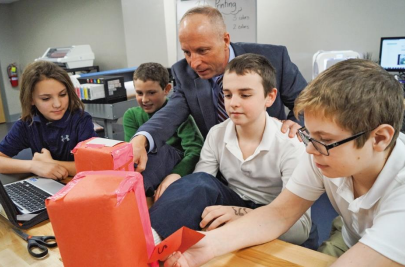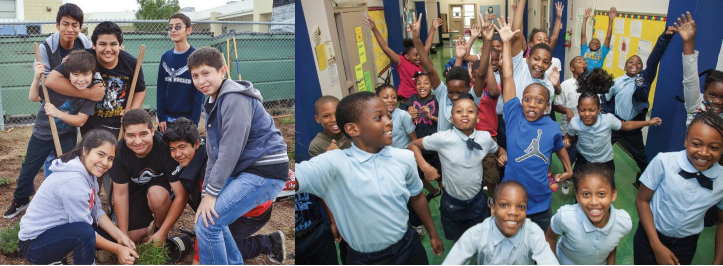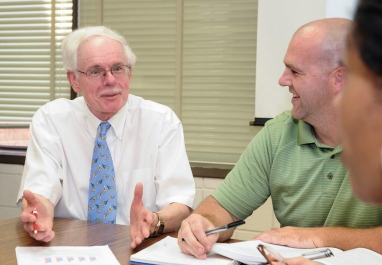Photo Guidelines
Guidelines for preparing your photos for School Administrator magazine.
If your manuscript is accepted, you may be asked to submit photos. These guidelines are provided to assist you in creating photos that are effective and appropriate in conveying the subject matter and meet the technical needs of print reproduction.
We typically gather photos three months in advance of publication.
Photos for feature articles:
- Must be in color
- Should be candid or action photos
- Should not be typical headshots
- Should reflect a diverse student body
It’s helpful if you supply photos taken in two different settings to provide the magazine with some flexibility and variety.
This avoids having every author shot in a single article/issue looking similar or in the same pose – at their desks, next to the district sign, with students, etc. We like to give our designer as many different options as possible so that he can format the articles in a way that’s as aesthetically appealing as possible.
Examples:




Headshots for columns (e.g. Focus, Profile, People Watch, etc.):
- Must be at least 300 dpi
- Must be in color
Images for the magazine must be a minimum of 300 dpi (dots per inch) at 5”x7”.
To achieve this, set the camera on the highest resolution possible when the photo is taken and when the image is transferred to the computer. Generally, 300 dpi photos are large enough to take up most of the screen when opened on the computer.
Please do not send a photo that you have saved from a website – pictures on the Internet generally have a very small resolution.
Note: It is possible for us to take a large image (8”x10”) shot at 150 dpi and reduce it to a 3”x4” image at 300 dpi. However, the reverse is not true; photos cannot be sized up without a loss of data – image quality will be compromised.
Hint: The smaller the file size, the less likely the image will be suitable for print!
Images may be saved as JPG, TIF or EPS files. When saving as a JPG, choose “maximum” quality, if available.
Authors sometimes direct us to existing photos from local or national newspapers or magazines and we purchase the rights for republication of the photo.
To enable the magazine to acquire existing photos from other sources, please provide the following information for identification purposes to the magazine staff:
- A link to the photo in its original context
- A copy of the photo with caption information, including publication date of photo
- Complete name of publication and photographer
Delivery Instructions
Image files can be e-mailed directly to magazine staff. If the image files are too large, contact us to discuss alternative file-sharing methods (Dropbox, Google Docs, ftps).
Questions?
Tips for Shooting Your Own Photos
- Make sure the camera lens is clean. Use special lens tissues from a camera store (not facial tissues), if needed.
- Whenever possible, select the area where you’ll take the pictures. Look for lighting that will hit the subject at a 45-degree angle. Before shooting, look at the subject while walking around the scene to find the best view. Try different camera angles to keep out background clutter.
- To avoid self-conscious poses, engage photo subjects in conversation. Wait for them to respond and assume more natural postures before taking the picture.
- Move in close or zoom in to make sure the image fills the frame. Eliminate details that aren’t relevant to the story.

